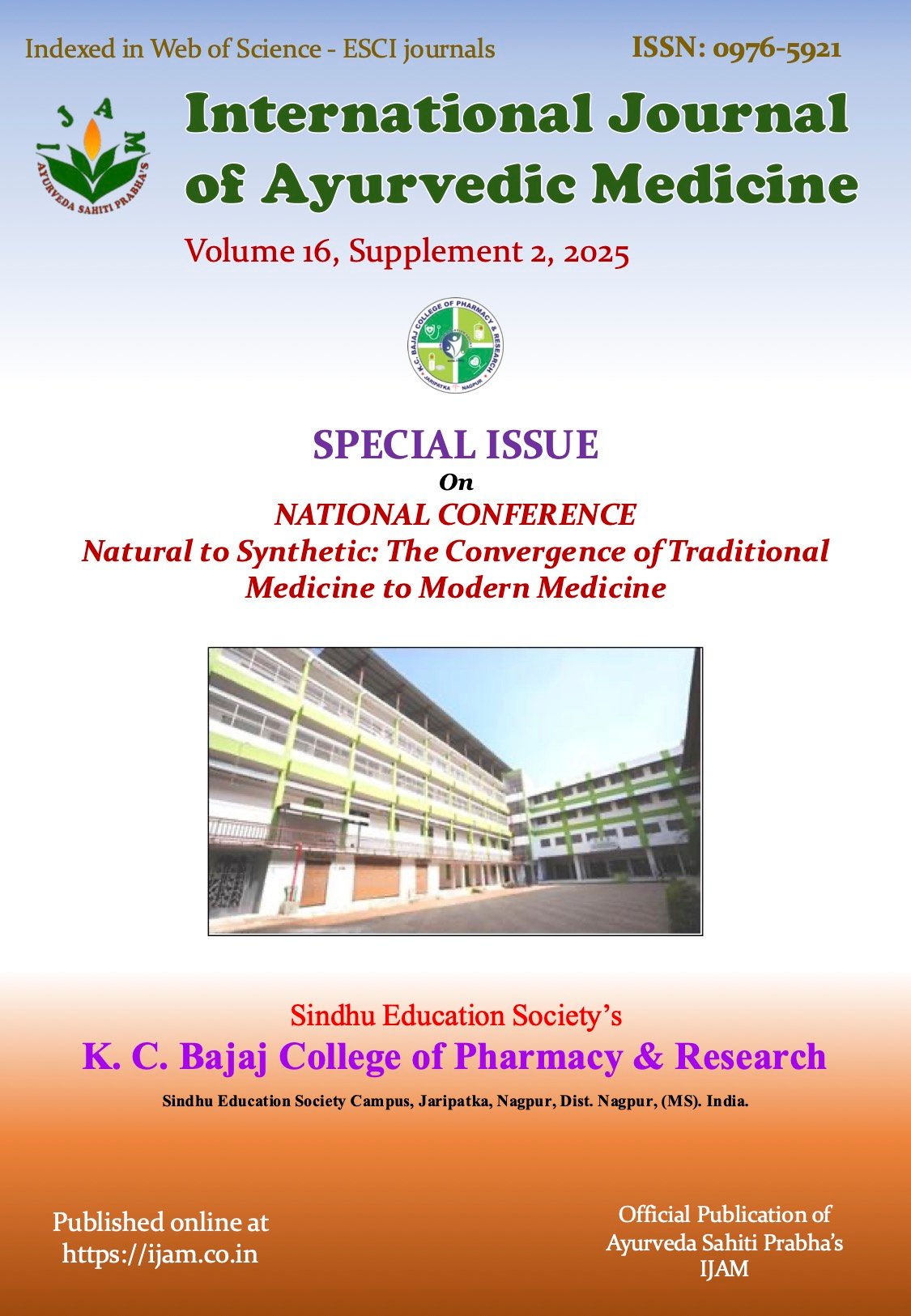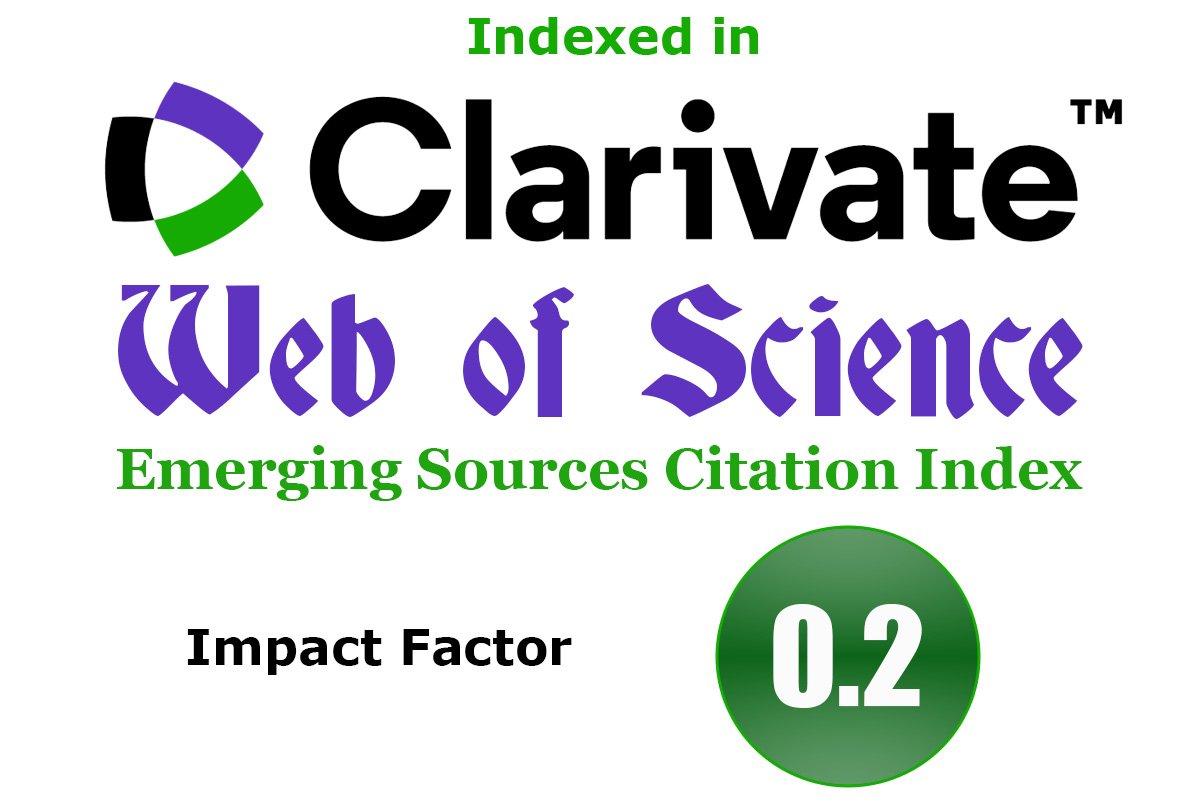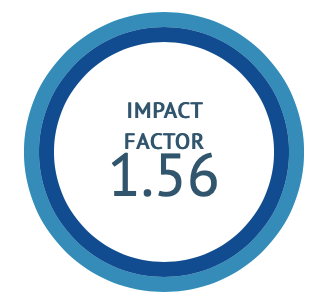Green Alchemy: Unveiling the Therapeutic Synergy of Tulsi, Aloe Vera, and Piper betle
DOI:
https://doi.org/10.47552/ijam.v16iS2.6201Keywords:
Tulsi, Aloe Vera, Piper Betle, Phytochemical Synergy, Antimicrobial ActivityAbstract
Traditional medicinal herbs have once again captured the attention of people throughout the world due to the growing need for safer, more environmentally friendly therapeutic options derived from plants. For their wide-ranging pharmacological effects, three of the most venerated plants in traditional medicine—Ocimum sanctum (Tulsi), Aloe barbadensis miller (Aloe Vera), and Piper betle—stand out. Reviewing the antibacterial, antifungal, antioxidant, and anti-inflammatory characteristics of these three herbs, this study delves into their synergistic potential. Each herb has strong bioactivity on its own, but by combining them, phytoconstituents like eugenol, aloin, and chavicol may unleash even more effectiveness. This study synthesises data from in vivo, clinical, and in vitro investigations to determine how these herbs influence inflammatory pathways, fight microbial resistance, and scavenge reactive oxygen species (ROS). When applied to wound healing, skin care, dental hygiene, and immunological modulation, the synergy shows great promise. There is scientific evidence that suggests new multi-herb therapies may be possible due to phytochemical interactions' additive or even supra-additive effects. Some of the recent difficulties with standardisation, bioavailability, and formulation, as well as some of the potential benefits of using these plants in herbal medicines of the future. Tulsi, Aloe Vera, and Piper betle form a potent trinity for forthcoming biomedical advancement, which is particularly relevant given the rising popularity of green therapies and evidence-based Ayurveda.
Downloads
Published
How to Cite
Issue
Section
License
Copyright (c) 2025 International Journal of Ayurvedic Medicine

This work is licensed under a Creative Commons Attribution-NonCommercial-ShareAlike 4.0 International License.
The author hereby transfers, assigns, or conveys all copyright ownership to the International Journal of Ayurvedic Medicine (IJAM). By this transfer, the article becomes the property of the IJAM and may not be published elsewhere without written permission from the IJAM.
This transfer of copyright also implies transfer of rights for printed, electronic, microfilm, and facsimile publication. No royalty or other monetary compensation will be received for transferring the copyright of the article to the IJAM.
The IJAM, in turn, grants each author the right to republish the article in any book for which he or she is the author or editor, without paying royalties to the IJAM, subject to the express conditions that (a) the author notify IJAM in advance in writing of this republication and (b) a credit line attributes the original publication to IJAM.





